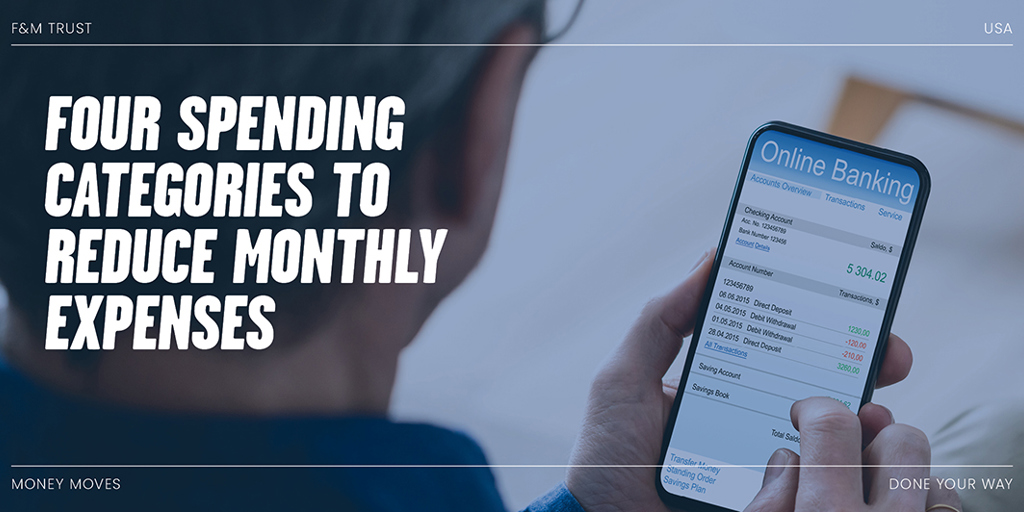


Choosing the right self-employed retirement plan
You are self-employed and enjoy a certain amount of freedom. But that doesn’t give you an excuse to skip out on saving for retirement. In fact, being on your own makes putting money away that much more crucial.
You might eventually sell your business and use the money to fund retirement, but what if you don’t? A retirement account is not only a cushion, but also a tax-advantaged way to reduce income in your high-earning years.
Here are five self-employed retirement plans that might work for you:
1. Traditional or Roth IRA
An IRA is probably the easiest way for self-employed people to start saving for retirement. There are no special filing requirements, and you can use it whether or not you have employees. The tax treatment of a Roth IRA might be ideal if it’s early days for your business. In that case, your tax rate is likely to be higher in retirement, when you’ll be able to pull that money out tax free. Roth IRAs also don’t have required minimum distributions, and Roth IRAs can be transferred to your heirs, tax-free.
2. Solo 401(k)
This plan, which the IRS calls a “one-participant 401(k),” is particularly attractive for those who can and want to save a great deal of money for retirement or those who want to save a lot in some years -- say, when business is flush -- and less in others. Keep in mind that the contribution limits apply per person, not per plan -- so if you also have outside employment that offers a 401(k), or your spouse does, the contribution limits cover both plans.
 3. SEP IRA
3. SEP IRA
A SEP IRA is easier than a solo 401(k) to maintain -- there’s a low administrative burden with limited paperwork and no annual reporting to the IRS -- and has similarly high contribution limits. Like the solo 401(k), SEP IRAs are flexible in that you do not have to contribute every year. The downside for you, as the business owner, is that you must make contributions for employees, and they must be equal -- not in dollar amount, but as a percentage of pay -- to the ones you make for yourself.
4. SIMPLE IRA
If you’re the owner of a company with fewer than 100 employees, the SIMPLE IRA could be a good option. It’s easy to set up and the accounts are owned by the employees. SIMPLE IRA contribution limits are significantly lower than a SEP IRA or solo 401(k), and you might end up having to make mandatory contributions to employee accounts, which can be expensive if you have many employees who participate.
5. Defined benefit plan
If you’re self-employed, you can set up your own pension -- a guaranteed stream of income -- in retirement by using a defined benefit plan. You can stash a lot of cash in these, and you can defer taxes until retirement. If you’re close to retirement, earning a high income that you know you’ll maintain and that allows you to save a significant amount per year -- we’re talking $50,000 to $80,000 or more -- you might consider using this plan to supercharge your savings efforts.
Once you’ve decided to open one of these accounts, you’ll have to decide where to do it. Some banks, including F&M Trust, offer retirement plans. Call your bank or consult an online broker, accountant, or financial advisor to determine your best option.
Chris Moore is the retirement plan sales manager for F&M Trust.
Recent Articles
Join our e-newsletter
Sign up for our e-newsletter to get new content each month.






















